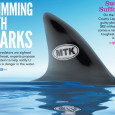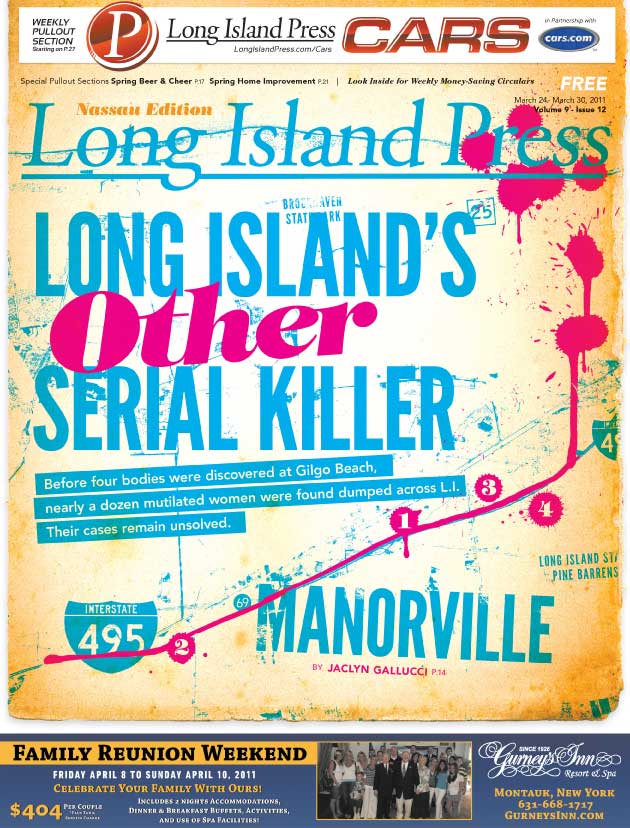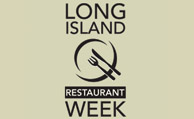
Hard Living: North Oyster Bay Baymen’s Association President Jim Schultz, 38, father of two, has been raking clams and oysters from its beautific yet unforgiving waters for more than two decades. He and helper Corey Lapointe harvest hard clams.
‘The Office’
Painter’s days on the water have been starting exceptionally late in recent months due to his constant trips to Oyster Bay Town Hall to file and follow-up his many FOIL requests, but a clam-digger’s morning typically begins several hours before sunrise.
On some days, Oyster Bay Harbor resembles an otherworldly place, where heaven touches the water and the sky and sea are transposed atop the smooth, shiny glass like a mirror. Miles upon miles of its breathtaking surface spread out as far as the eye can see, bending along sandy shorelines and lapping the private beaches of multi-million-dollar mansions that dot its Gatsby-esque landscape.
The estuary has been a prime spot for shellfishing for several hundred years, with the Town of Oyster Bay tracing its ownership back to colonial times. Once the waters were teeming with hundreds of small commercial clammers, oystermen and fishermen, while large shellfish companies similar to Flower plied the waters of many of LI’s other plentiful clam and oyster grounds—the Great South Bay and Northport Harbor were just two.
Once-bountiful beds became more and more poisoned by stormwater runoff, chemical contamination and nitrogen pollution from human wastewater. Then mammoth dredges stripped the harbor bottoms of naturally occurring shellfish, marine life and vegetation. Now, the centuries-old tradition of shellfishing off the Island has trickled down to small pockets of hangers-on. In that respect, Oyster Bay offers a glimpse back in time, as Flower and Sons remains the last of the big oyster companies, having been in operation for more than 100 years. Their farming and harvesting, along with the take of the baymen, constitutes up to 90 percent of New York State’s annual oyster crop and up to 33 percent of the state’s hard clam crop, according to nonprofit Friends of the Bay—a group that has also come under fire from the baymen for their silence on Flower’s dubious dredging practices.
Thus, the colorful band of baymen so vocal now represents what has been a vanishing livelihood.
Clam and oyster digging is hard, back-breaking work, and as romantic as the lifestyle may appear to day-tripping outsiders, the baymen know all too well that such a paradise can just as easily become pure hell on Earth depending upon the mood swings of Mother Nature.
VIEW OUR “CLAM WARS” MULTIMEDIA PRESENTATION, INCLUDING MORE IMAGES AND VIDEO AT www.longislandpress.com/clamwars
At 16 cents a clam and with a 10 bushel town limit, a dedicated digger can make several hundred dollars for a hard day’s work. The same baymen can also go home empty-handed due to any number of impossibly unpredictable factors, such as a sudden storm, problems with a boat or gear, or say, a sore shoulder. Raking the bottom of the bay for clams—typically done by consistently lifting, scraping, pushing and rotating a clam rake attached to the end of a 12- to 84-foot telescoping pipe—can be physically grueling labor, especially for several hours at a clip.
There’s no boss to report to, no dress code to follow, no need to get a note from the doctor if you don’t show up any particular morning or want to sleep in for a bit. Once you purchase a boat, which runs approximately $12,000 used, and various other pieces of equipment, such as a cull rack to measure your catch with—shellfish that pass between its 1-inch spaced bars are too small and tossed back in—there’s minimal overhead, other than an annual re-painting, daily fuel and maintenance.
But there’s also no corporate benefits. No health insurance, dental or retirement plan. If you have a family and own a home, a missed or off-day on the water could mean the mortgage doesn’t get paid or the children aren’t fed. The clams must be raked, no matter the coldest winter or the most sweltering summer—and injuries can happen at any time. Any time spent out of your boat is lost revenue.
Still, for baymen like Fetzer, who’s been harvesting these waters going on 30 years, there’s nothing else like it.
“It gets into your heart and soul,” he says. “Even a bad day is not that bad, I got no one telling me what to do. Everybody out here loses a lot of money for this independence. You have to pay for your own medicals, retirement funds, it’s a different life, but it’s a clean life, it’s a honest life, and we got the best product in the world.”
The 48-year-old, also known as “Duckman” among clammers (most baymen have a nickname), a father of three who lost his son Matthew five years ago, says he’s fighting for the baymen’s very existence.
“It’s a way of life,” he says. “The Bald Eagles are doing better than we are. We are definitely on the endangered species list, all fishermen. Not just us, all fishermen.”
Flower and Sons is a shellfish farmer, explains Ettelman, the company’s attorney. It owns a hatchery, where it incubates and reproduces its product, and a fleet of dredge boats it uses to cultivate and harvest the crop from the underwater shellfish beds it leases from the town.
“Flower plants and they seed, and they spend a lot of money doing that, and they are probably the oldest farming operation left,” says Ettelman. “A significant portion of their operation is planting seeds. They plant millions of clam and oyster seeds annually. And it takes years. They have to develop these seeds in their hatchery, they have to then seed them, and it’s years before they can harvest them. So they’re a self-sustaining operation. The other guys, all they do is take.”
As part of the prior settlement agreement, Flower provides the town with a million clam seeds—an amount the clam diggers argue is really not that much, since about half can be lost to predators, the weather, or any number of variables before maturing. The baymen want an increase of up to 60 million clam and oyster seeds for the public.






